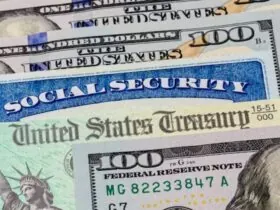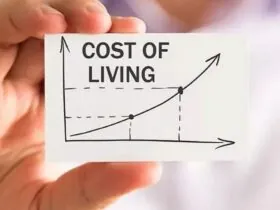New York State is making headlines once again as it prepares for another increase in the minimum wage, further solidifying its position as one of the states with the highest minimum wage rates in the United States. Following a rise in 2024, the new changes set for 2025 promise to enhance the financial security of workers across the state.
Current Minimum Wage Landscape
This Article Includes [hide]
As of January 1, 2024, New York’s minimum wage was raised to $15 per hour, with some regions, like New York City, Long Island, and Westchester County, enjoying slightly higher rates. This adjustment reflects New York’s commitment to surpass the federal minimum wage of $7.25 per hour, which has not changed since 2009. Currently, New York is one of 30 states with minimum wages above this federal standard, emphasizing its progressive stance on workers’ rights and compensation.
Upcoming Changes in 2025
Starting January 1, 2025, New York’s minimum wage will see further increases. The rates will be differentiated based on geographic location within the state:
- New York City, Long Island, and Westchester County: The minimum wage will rise to $16.50 per hour.
- Rest of New York State: Workers will earn a minimum wage of $15.50 per hour.
This increase positions New York among the states with the highest minimum wage in the country, aiming to bolster the livelihoods of workers in both urban and rural areas.
Future Increases Scheduled
The changes in 2025 are not expected to be a one-time event. In 2023, Governor Kathy Hochul’s office announced plans for automatic increases in subsequent years. Beginning on January 1, 2026, there will be an additional increase of $0.50, pushing the minimum wage to $17 in New York City, Long Island, and Westchester County, while the rest of the state will see a rise to $16 per hour.
These scheduled increases aim to provide workers with a sustainable wage that reflects living costs, particularly in areas where expenses are significantly higher.
Tying Wage Increases to Inflation
Looking further ahead, starting in 2027, New York’s minimum wage increases will be directly tied to inflation rates. This means that wage adjustments will be calculated based on the Consumer Price Index for Urban Wage Earners and Clerical Workers (CPI-W) for the Northeast region. This approach is designed to help maintain workers’ purchasing power and ensure that their wages keep pace with rising living costs.
Conclusion
New York’s proactive approach to increasing the minimum wage showcases its commitment to worker welfare and economic growth. By implementing a structured plan for ongoing wage increases, the state aims to uplift its workforce, ensuring that all employees can earn a living wage. As these changes take effect, New York continues to lead the way in establishing fair compensation standards, making it a model for other states to follow.







Leave a Reply